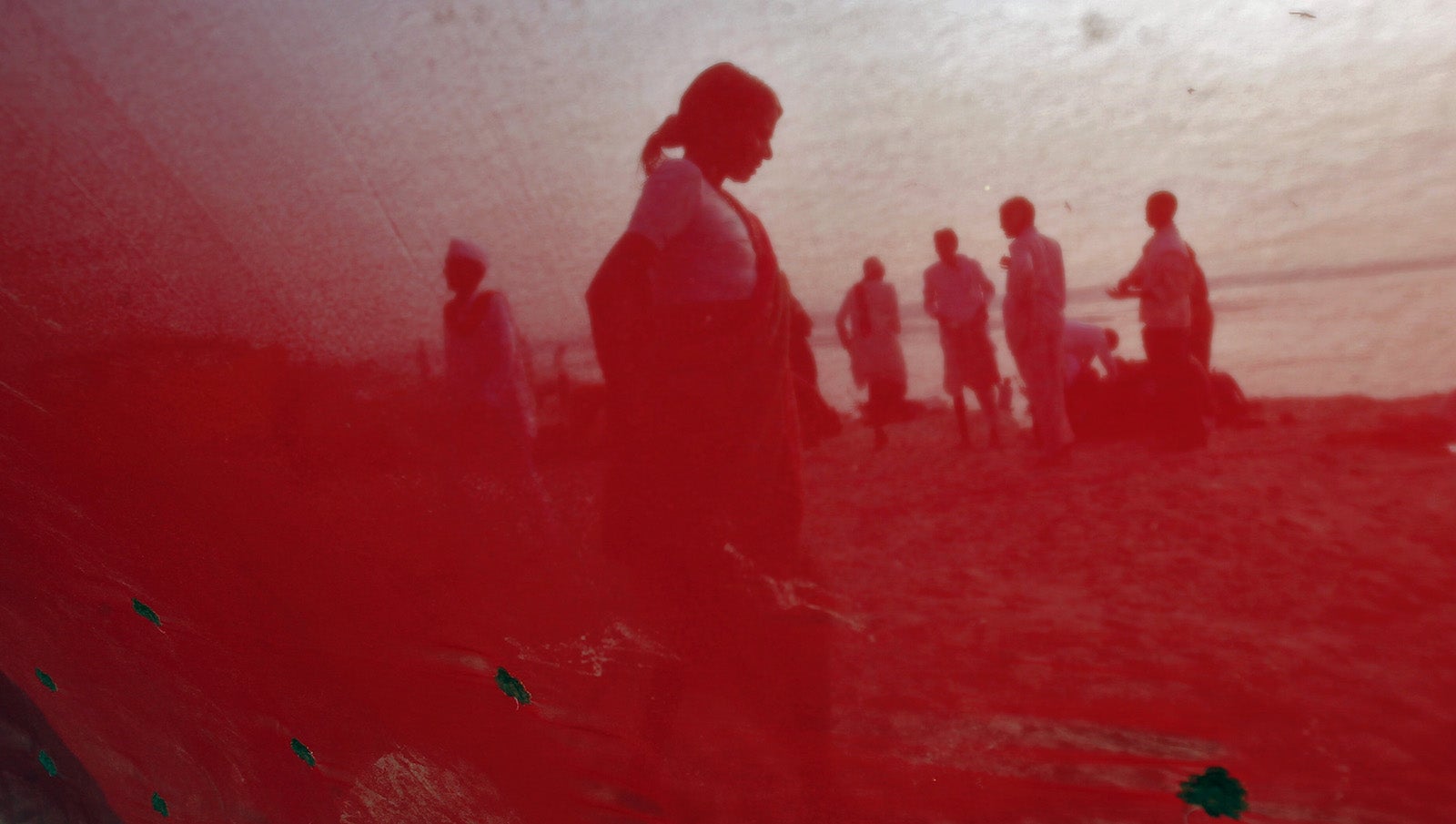The reason all books by South Asian women have similar covers
Most readers automatically assume that covers represent the content of books—that they will give us a clue to what lies within. However, investigating the covers of books by South Asian women, it was clear from the outset that this commonplace and common sense assumption simply does not hold true.


Most readers automatically assume that covers represent the content of books—that they will give us a clue to what lies within. However, investigating the covers of books by South Asian women, it was clear from the outset that this commonplace and common sense assumption simply does not hold true.
As any casual browser would have noticed, South Asian women’s book covers typically and generically depict saris, pan-Indian women’s faces, jewellery, henna-ed hands and feet, bodies and segments of bodies. This kind of representation—so noticeably oft-recurring that it almost becomes a bad joke—really brought to our attention how pervasive it is, practically throughout the publishing industry, particularly the western publishing industry.
Moreover, apparently it is not just South Asian writing in English that is prey to this kind of visual misrepresentation. This happens in other genres, too. Middle Eastern literature, for example, typically depicts veils and hijabs, and women’s eyes peering out behind coverings. And this is sometimes regardless of whether the book’s emphasis is even on women.
So our question was, what do these book covers represent? What images are they meant to convey? What messages do they carry?
The discoveries
We began with a study of the role of book covers through the ages, which has changed drastically. In the process, we uncovered fascinating aspects of book publishing and book promotion practices within the industry.
We found out how authors become the brands for their books, and how these brands are manipulated and managed. We also learnt the decreasing role of the artist/designer, and the increasing role of the marketing teams of publishing conglomerates. It may surprise readers to find out just how little—if any—input authors typically have on their covers. Then again, avid and informed readers do not necessarily pay a lot of attention to the covers—such devices as book covers tend to be more uncritically consumed by the less initiated.
We compiled a database of over 400 contemporary book covers of our chosen genre for closer analysis and detailed study. We found that there were a few typical “themes” that kept recurring on those covers. For example, not just women’s sari-wrapped bodies, but often, truncated bodies, segments of bodies, eroticised and even sexualised bodies; and equally, not just women’s faces, but truncated faces, lowered eyes, women not only represented “in part,” literally, but also very often, alone.
In our analysis, we extrapolated from the implications and symbolisms of these insistently recurrent themes, and the power differentials underlying these. To our surprise, we often noticed book covers being “recycled”—sometimes identical covers, or segments of one cover, would be used on another book altogether. Almost as if to suggest these very books are interchangeable, or of a series/type (which they usually are not.)
We also compared those covers published for a western marketplace and for an Indian marketplace, and flagged up the differences. The divergences are considerable, as one might expect. (Those for the Indian market were far less traditional, conservative, and exoticised; they tended to be more contemporary, playful, and modernised.) We surmised target audiences, and social messages being conveyed by covering books with such images, and discussed what identity constructions were being offered and encouraged, and where.
In the course of our close, detailed study, we took on broad concepts of the gaze, the male gaze, the voyeuristic gaze, and the power of the gaze. We incorporated the notion of the “world-as-exhibit.” We discussed the role of photography, used for imperialistic purposes in the time of the British Raj, and continuing to enable the impositions of groups in power on the less powerful. We broadened our discussion to issues of visual representation, and joined in the fascinating debate around how representation could actually create the very realities they are supposedly depicting.
Our conclusions?
Well, we had many, but here are a few: We concluded that in our case study of South Asian women’s writing, book covers were intended to represent a genre in such a manner that it makes for quick and easy visual consumption. These covers clearly signal particular types of books, or genres, rather than reflecting the content of each individual book. The covers also play to the gallery and tap into stereotypes of Indians and Indian cultures. They present a flattened, generic, pan-Indian womanhood, which supposedly stands for Indianness. This kind of representation can be insidious and undermining.
These covers brand cultures, countries and regions simplistically, homogenising rather than recognising geographical, cultural, and historical diversities. They offer an exoticised, but “safe” set of cultural differences for cultural consumption. The occasional erotic covers could be for titillation purposes, as well as a referral to the time-immemorial, feminised East. In summary, we found that the type of consumption encouraged is fairly consistently masculine, patriarchal, capitalistic, and recalcitrantly orientalist.
It would seem however, these covers do their job in branding and selling books effectively, even if it means categorising them unfairly, labelling them inaccurately. They have created a recognisable public identity or face for this genre, whether or not that face really fits the books they front. They certainly make us rethink the purposes and uses of visual representation.
This post first appeared on Scroll.in. We welcome your comments at [email protected].